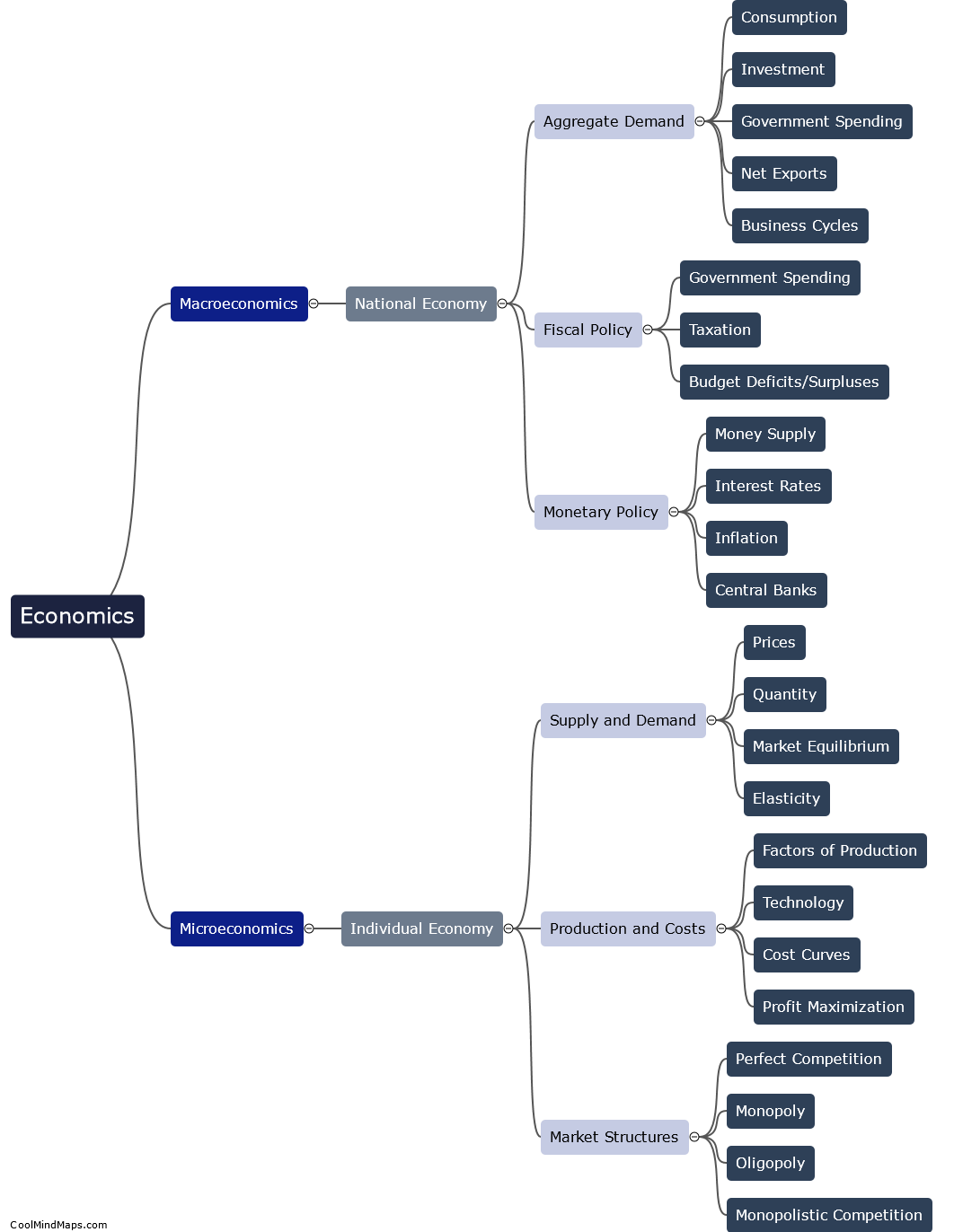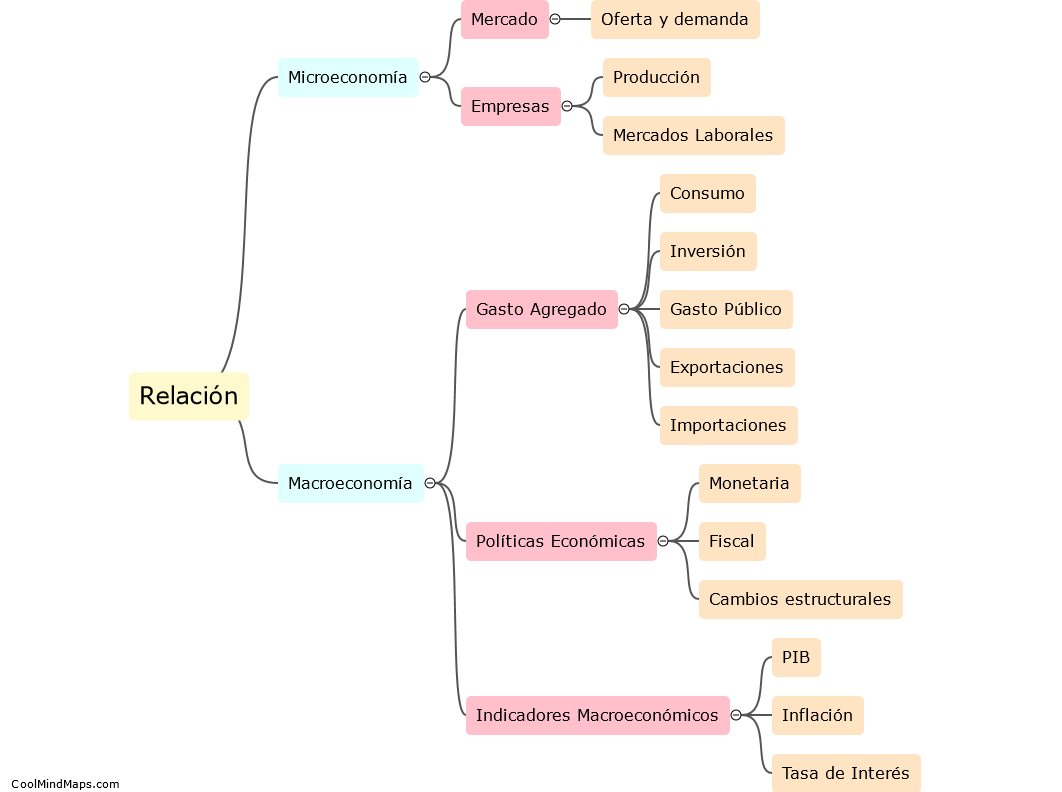What are the fundamental principles of electrostatics?
The fundamental principles of electrostatics revolve around the behavior of electrically charged particles at rest. These principles are based on the observation that like charges repel each other, while opposite charges attract. The first principle is that electric charge is conserved, meaning that it can neither be created nor destroyed, only transferred from one object to another. The second principle is that charged objects can induce charges in neutral objects by bringing them into close proximity. This is referred to as charging by induction. The third principle states that the force between two charged objects is directly proportional to the product of their charges and inversely proportional to the square of the distance between them. This is known as Coulomb's Law. Finally, the fourth principle states that electric fields exist around charged objects, creating a force that can act on other charged particles within the field. These fundamental principles provide a basis for understanding the behavior of static electricity and form the foundation of many applications in modern technology.

This mind map was published on 23 September 2023 and has been viewed 117 times.











